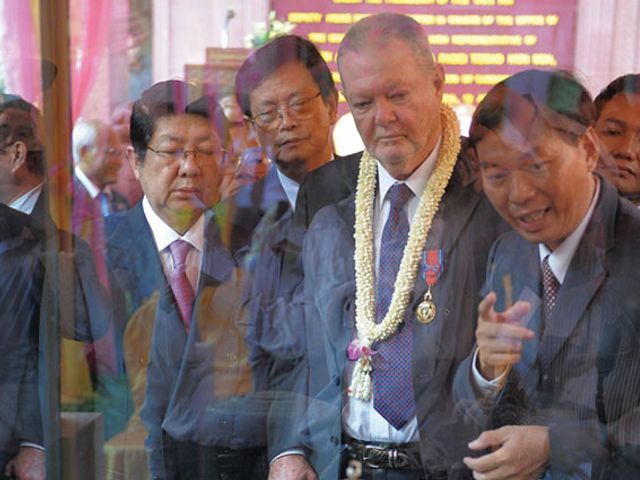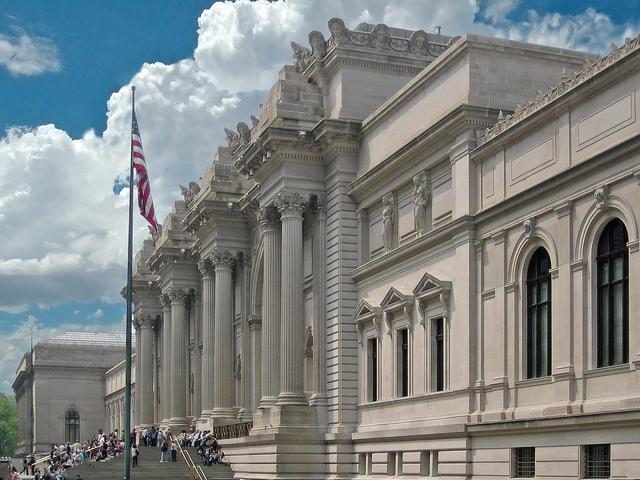The Metropolitan Museum of Art has begun the repatriation process for 16 sculptures previously held in its permanent collection, returning 14 to Cambodia and two to Thailand. The Khmer works, made between the ninth and fourteenth centuries, have been under scrutiny from the Attorney General of the Southern District of New York for their connection to dealer Douglas Latchford, who was indicted in the US for illegal sales of antiquities in 2019 and died in 2020, before he could stand trial on those charges.
The Met has undergone an intensive investigation into the provenance of its objects this year, hiring a research team following spring seizures of illegally obtained works. Claims from the Cambodian government regarding Khmer works in the Met’s collection extend back significantly further. Investigators had tracked a large number of antiquities believed to have been looted and smuggled to a single gallery of the museum, almost entirely sourced Latchford. When initial requests for information and repatriation by Cambodia went unfulfilled, the country enlisted the aid of the US Justice Department, as well as a former looter capable of providing evidence of the illegal removal and sale of antiquities from protected sites. The reformed criminal, Toek Tik, provided additional links between Latchford and the illegal trade, claiming that the dealer used intermediaries to move objects out of Cambodia.
The Met’s relationship with Latchford began during institutional leaders’ push to grow their collection of Southeast Asian art in the 1970s, and the museum partnered with the dealer to acquire high-quality works of Khmer sculpture through purchase and donation. After Latchford’s death in 2020, investigators were left to parse a trove of documents and records relating to his business.
In its announcement about the repatriations, the Met said that following the indictment, it “proactively reached out to the US Attorney’s Office for the Southern District of New York and to Cambodian officials, and through this cooperative partnership, the museum received new information about the sculptures that made it clear that the works should be transferred”. The museum also noted its repatriation, in 2013, of two Latchford-linked Kneeling Attendant sculptures, which were returned after requests from the Cambodian government. The recent investigative podcast Dynamite Doug, which chronicled Latchford’s smuggling and dealing, suggested that communications between the Met and Cambodian representatives were rather more strained, when they existed at all.
The 16 works scheduled for return will remain on view in the Met until repatriation arrangements are made, with new wall texts noting their upcoming removal from the museum. The sculptures represent the dual Buddhist and Hindu religious systems that prevailed in the Khmer Empire during the Angkorian period. Among them are The Bodhisattva Avalokiteshvara Seated in Royal Ease (late 10th–early 11th century) and Head of Buddha (7th century), considered masterpieces by scholars and curators.
“The Met is pleased to enter into this agreement with the US Attorney’s Office, and greatly values our open dialogue with Cambodia and Thailand,” Max Hollein, the Met’s director and chief executive, said in a statement. “We are committed to pursuing partnerships and collaborations with our colleagues there that will advance the world’s understanding and appreciation of Khmer art, and we look forward to embarking on this new chapter together.”
Other institutions, most recently the Denver Art Museum, have also had to return Khmer antiquities obtained through Latchford and his associates as the extent of his trafficking has become apparent.




